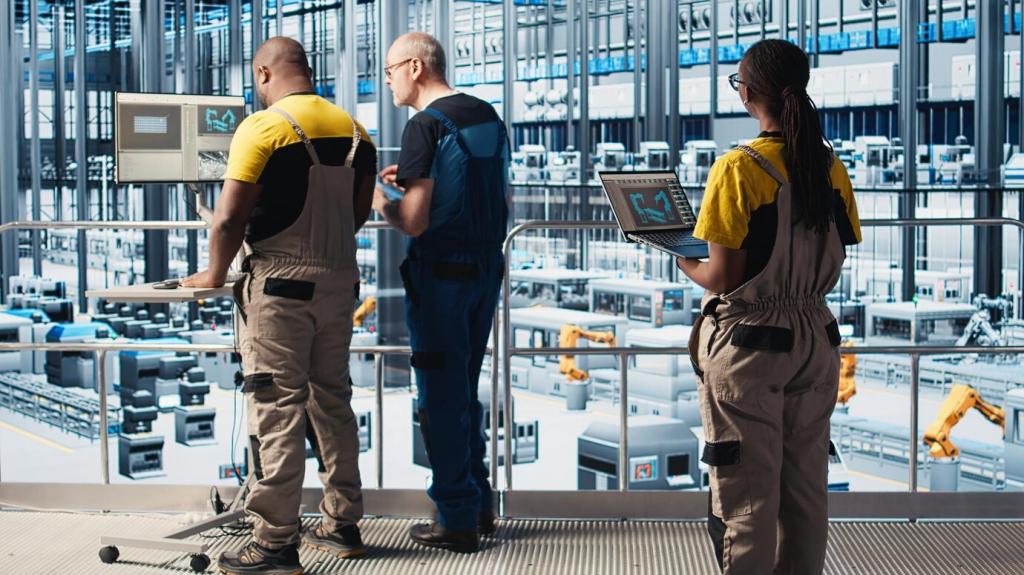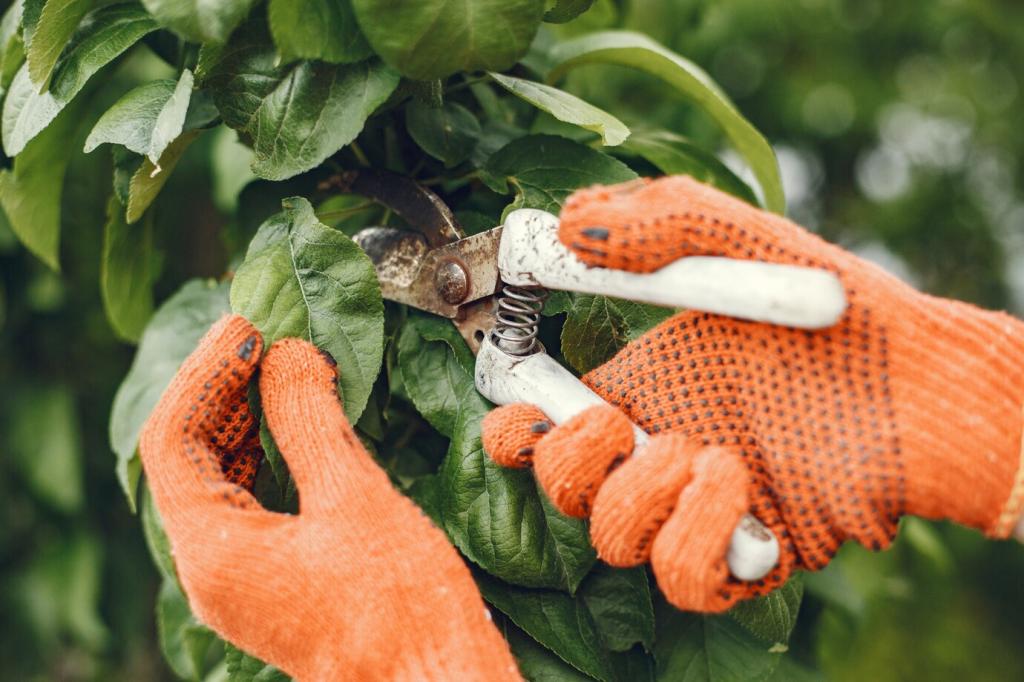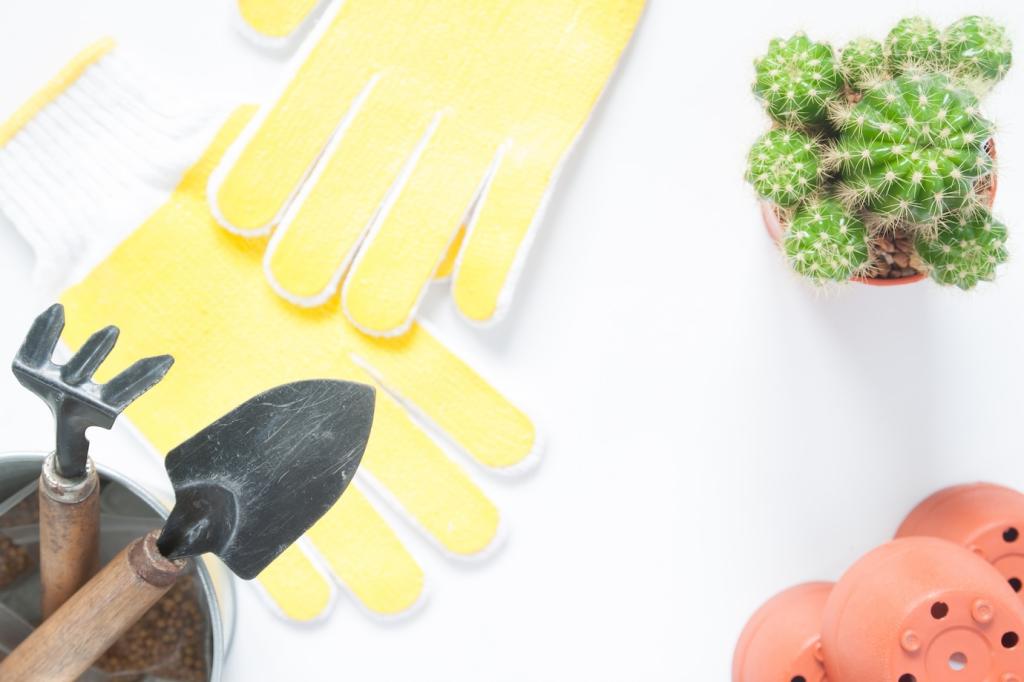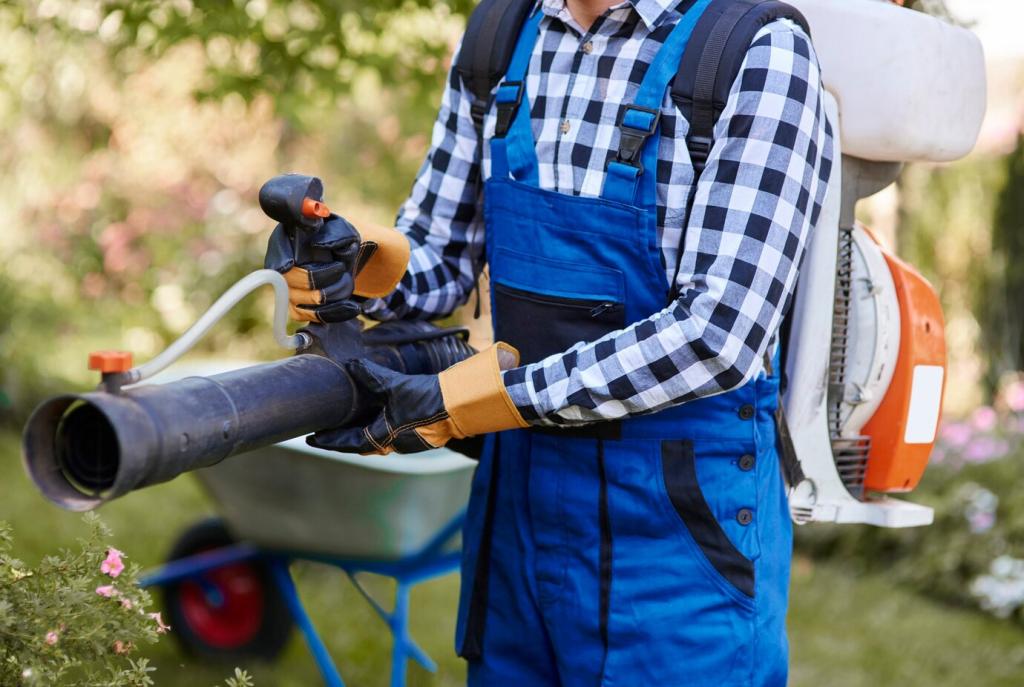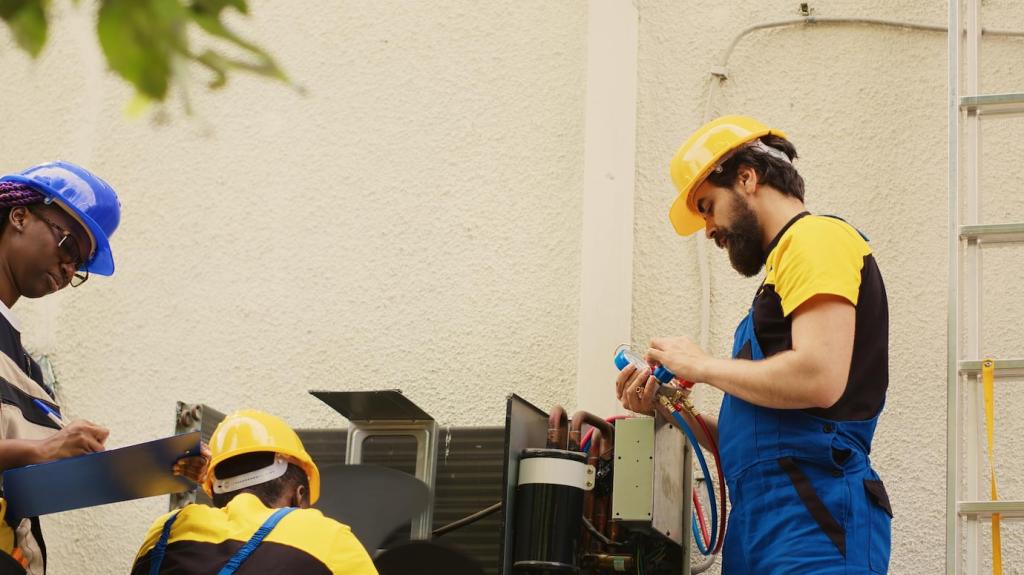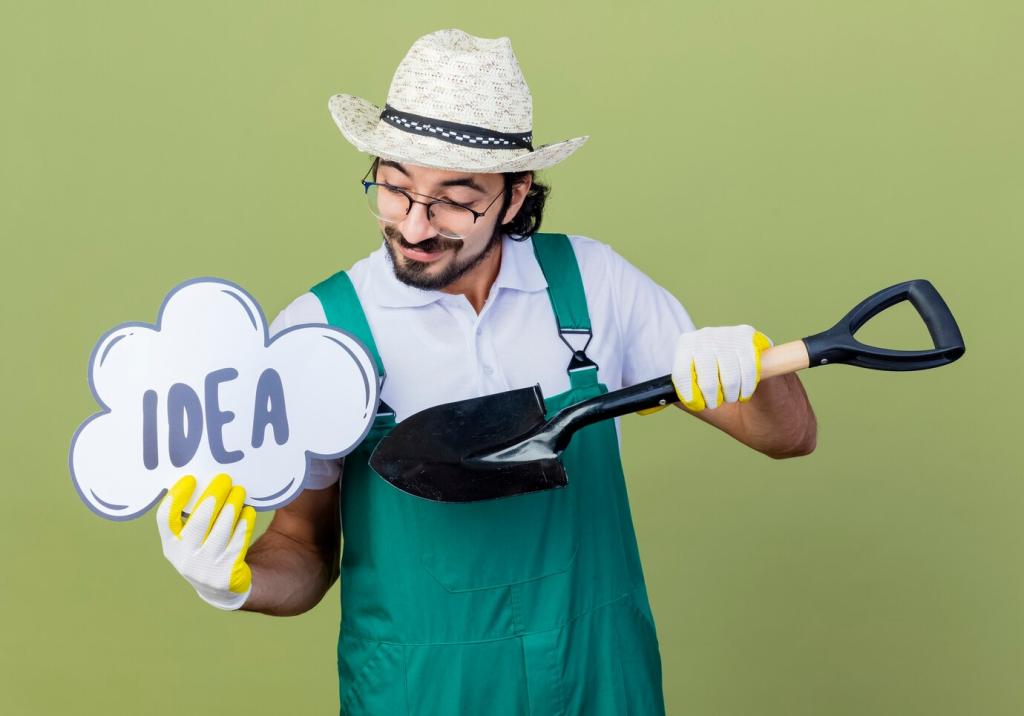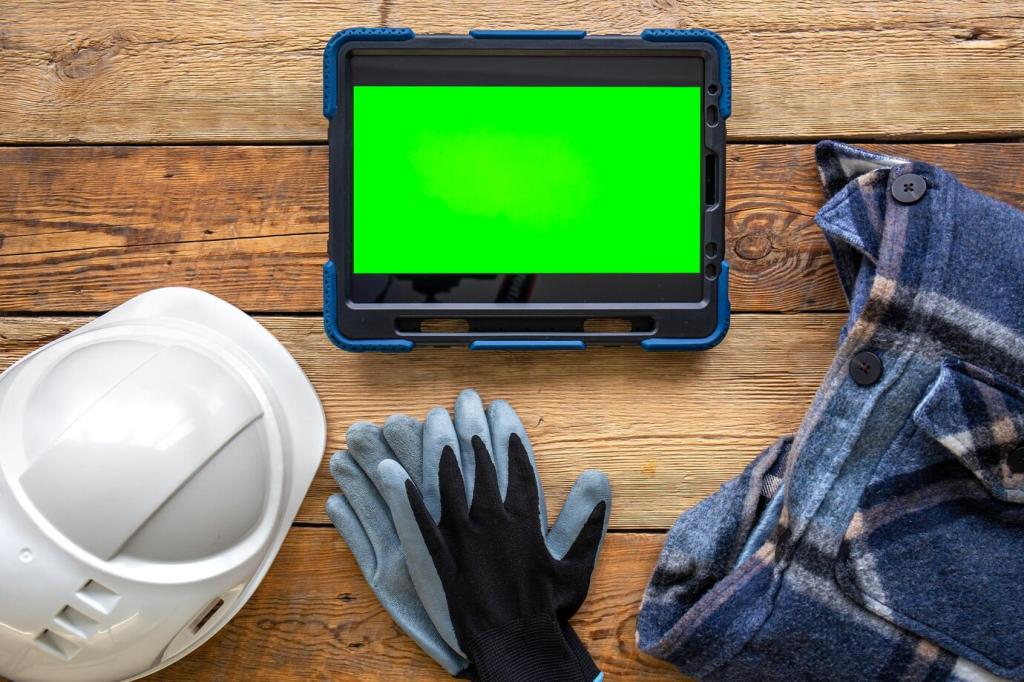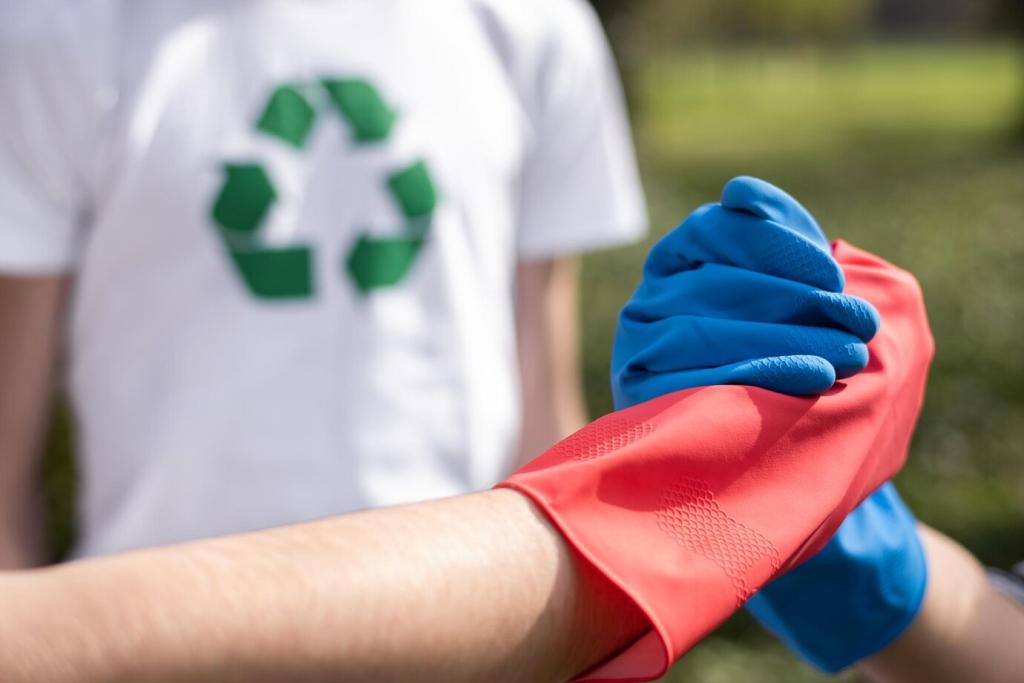Materials That Respect the Planet
Harvest boards from decommissioned pieces, reuse old hinges, and clean solid brass. Patina carries time beautifully, reducing demand for new extraction while amplifying a piece’s lived-in character.
Materials That Respect the Planet
Choose water-based glues where appropriate, traditional hide glue for reversibility, and low-VOC fillers. These decisions make repairs safer at home and easier to undo during future conservation.

